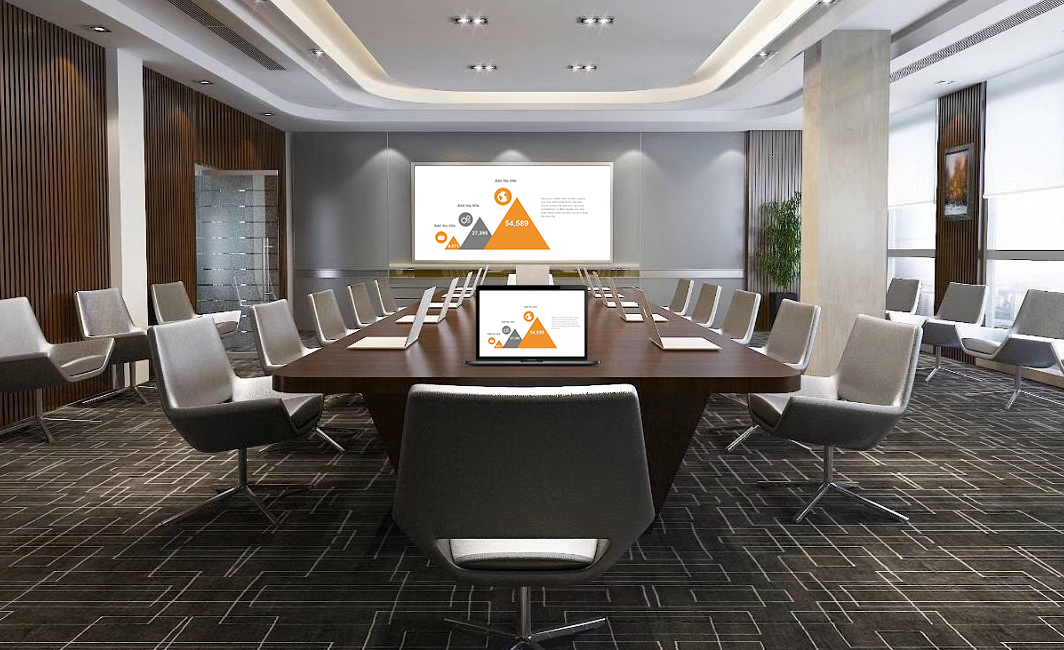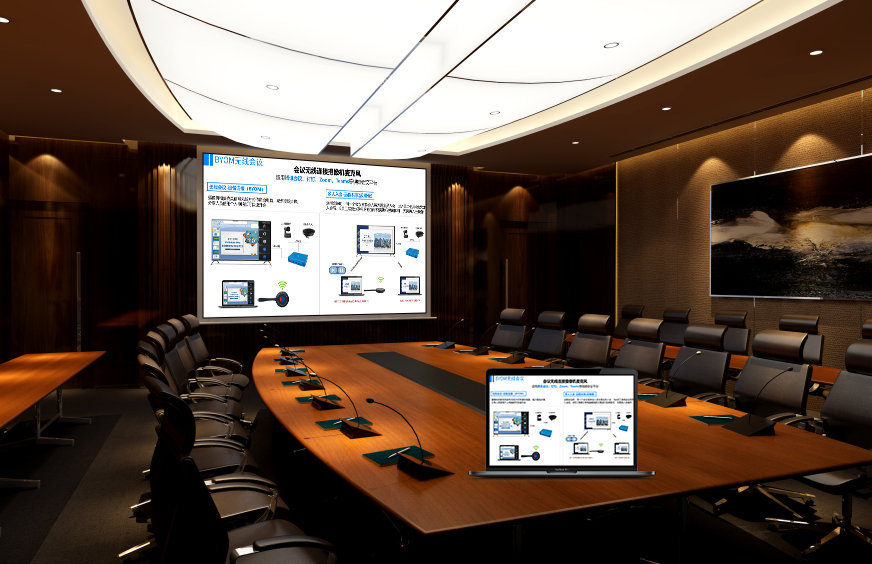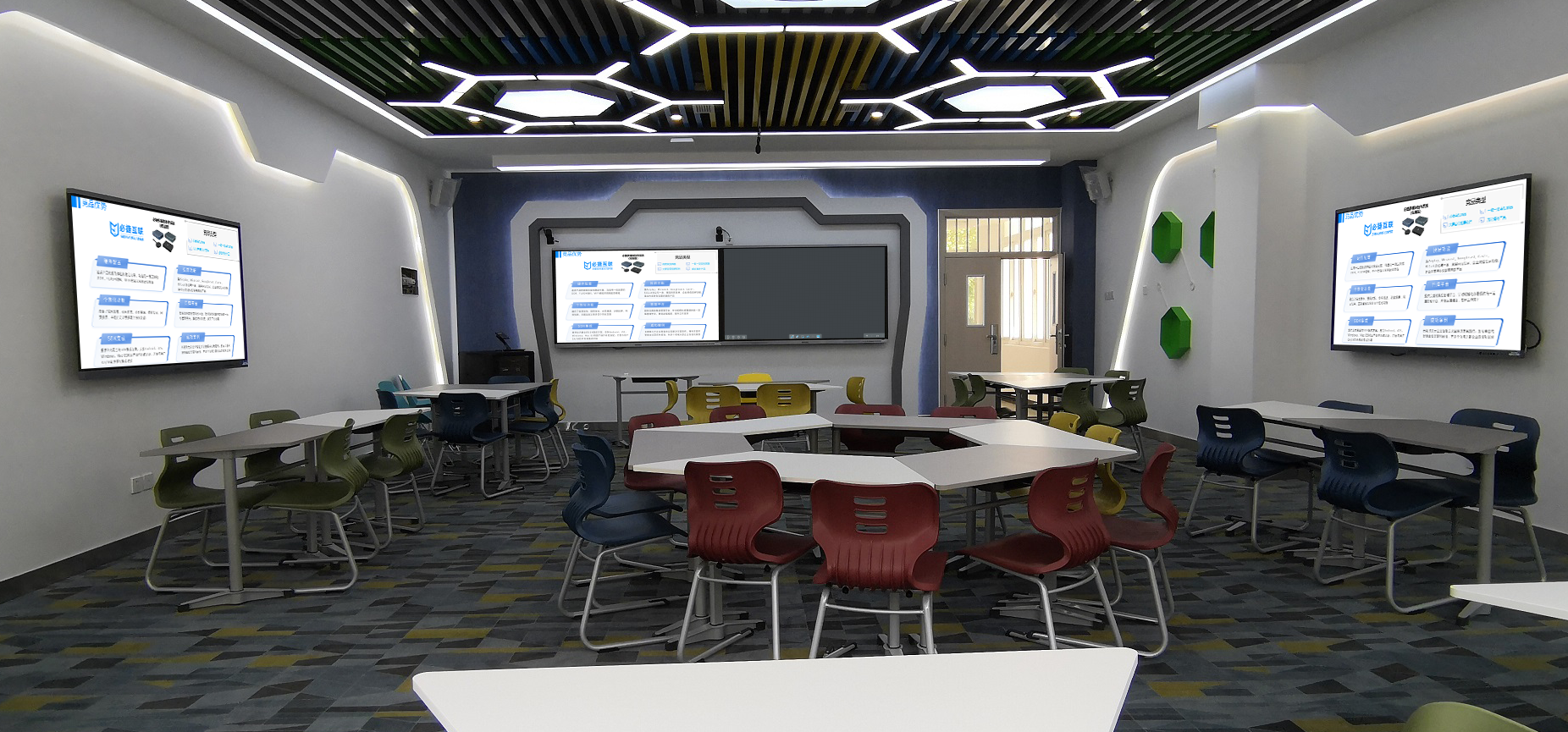A New Era of Screen Mirroring: Ushering in the Age of Intelligent Collaboration
In the digital age of multi-device coexistence, screen mirroring has evolved from an “optional feature” to an “essential capability.” A sophisticated screen mirroring solution can break down device barriers, simplify operations, and enhance collaboration efficiency, making content flow between screens as seamless as “flowing clouds and water.” Below, we analyze how modern screen mirroring technology is reshaping office, education, and entertainment scenarios through its core functionalities:
I. Full Protocol Compatibility: “Zero Threshold” Device Connection
The primary value of screen mirroring lies in eliminating “language barriers” between devices, enabling seamless interconnection across brands and systems:
- Cross-system connectivity: Supports mainstream protocols such as AirPlay (Apple), Miracast (Android/Windows), Huawei Cast+ (Huawei), and Google Cast, covering iOS, Android, Windows, macOS, and HarmonyOS. Phones, computers, tablets, and TVs can connect instantly without installing dedicated software.
- Multi-brand device adaptation: Whether mirroring from an iPhone, MacBook, Huawei phone, or Lenovo laptop to a conference screen, projector, or home TV, connections remain stable. This solves common pain points like “Apple-to-Android lag” or “Windows-to-TV connection failures.”
- Automatic protocol matching: The system automatically selects the optimal transmission protocol based on device type. For example, iPhones prioritize AirPlay for high-quality mirroring, while Android tablets switch to DLNA for background video playback—no manual intervention required.

II. HD Low-Latency: “Distortion-Free” Content Presentation
Screen mirroring must not only “work” but “work well”—high-definition, smooth performance is a core demand:
- 4K+60fps ultra-HD transmission: Using H.265 encoding, it delivers 4K ultra-HD mirroring even with limited bandwidth. Fine lines in design drawings and dynamic details in videos are accurately reproduced, meeting professional needs in design reviews and film production.
- Millisecond-level latency control: By prioritizing 5G 频段 and optimizing encoding links, latency is reduced to under 100ms. Mobile gaming on TV feels responsive, and video calls maintain real-time audio-visual synchronization, avoiding awkward “lip-sync mismatches.”
- Weak network adaptive adjustment: Automatically lowers resolution during network fluctuations to ensure smoothness, then quickly switches back to HD when stability returns. This prevents interruptions in complex scenarios with multiple simultaneous connections.
III. Enhanced Interactive Collaboration: From “One-Way Display” to “Two-Way Control”
Modern screen mirroring has transcended basic “content replication” to become a key collaboration tool:
- Large screen reverse control: Directly control mirrored devices via conference screens—no need to switch to a computer or phone for PPT navigation, document annotations, or video pausing. Presenters can flexibly manage their rhythm while standing in front of the screen, boosting presentation fluency.
- Multi-screen split comparison: Up to 4 devices can mirror simultaneously, with the main screen splitting to display content side-by-side. For example, compare two proposal PPTs or display data charts alongside video cases during discussions, making differences instantly clear.
- Electronic whiteboard integration: Mirrored content can be converted into whiteboard materials, supporting multi-user simultaneous annotations. Annotations sync to all devices in real time, and annotated content can be saved as a PDF post-meeting for easy review.

IV. Balancing Security and Management: Openness with Control
In enterprise and education settings, screen mirroring security and manageability are equally critical:
- Hierarchical permission control: Administrators can set permissions such as “internal devices only” or “password verification required” to block unauthorized access. A temporary guest mode grants external users time-limited access, which auto-expires afterward.
- Transmission encryption: Bank-level AES-256 encryption protects data throughout the mirroring process, preventing leaks of meeting content or teaching materials—ideal for scenarios involving trade secrets or sensitive information.
- Operational log tracking: Records all mirroring activities (device model, time, content type) with searchable logs by time or user, meeting enterprise compliance audits and school management needs.
V. Multi-Scenario Adaptation: Covering All Needs
The value of a screen mirroring solution lies in adapting to scenario-specific demands:
- Office settings: Integrates with Tencent Meeting, DingTalk, etc.—one-click screen sharing during meetings, with participants annotating via mobile QR codes. Post-meeting, minutes with mirroring records are auto-generated.
- Education scenarios: Teachers mirror courseware while receiving student questions via tablet mirroring. Group discussions can be mirrored, with top work pushed to the main screen for collective feedback, enhancing classroom interaction.
- Home entertainment: One-click mirroring of movies/photos from phones/computers to TVs, with small-screen dimming to save power. Paired with audio systems, it creates a home theater experience—perfect for sharing travel videos during gatherings.
From solo video mirroring to multi-user collaborative meetings, screen mirroring technology has become a core hub connecting devices, transmitting information, and enabling interaction. Full protocol compatibility breaks device barriers, HD low-latency ensures quality, interactive features boost collaboration, and security management balances openness with control. This solution makes “screen interconnection” simpler, more efficient, and smarter—an essential capability in digital life and work.
